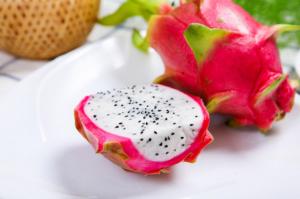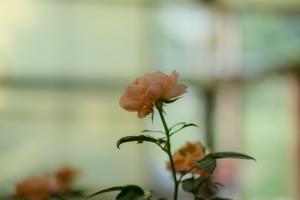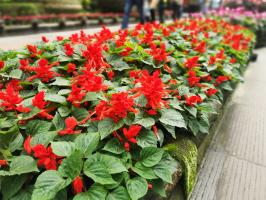When to Plant Palm Trees in Washington State
Washington State is known for its cool, wet climate, and is not exactly the first place that comes to mind when you think of palm trees. However, there are actually several species of palm trees that can thrive in Washington State, as long as they are planted at the right time of year. Here's what you need to know about when to plant palm trees in Washington State.
Choosing the Right Species of Palm Tree
Before you start planting, it's important to choose the right species of palm tree for your climate. While some palm trees are more suited to hot, tropical climates like Florida or Hawaii, others are more tolerant of cooler temperatures and can thrive in Washington State. Some of the best species for the climate in Washington include:
California Fan Palm
Mediterranean Fan Palm
Chinese Windmill Palm
Each of these species is drought-tolerant and can withstand temperatures as low as 10 to 15 degrees Fahrenheit. They can also handle a wide range of soil types, from sandy to clay-like soils.
Planting Palm Trees in Washington State
The best time to plant palm trees in Washington State is in the spring, after the ground has thawed and the soil has warmed up. This is typically between March and May, depending on your location in the state. During this time, the soil is moist and warm, which provides ideal conditions for root growth.
When planting your palm tree, choose a location that receives full sun exposure. Avoid planting in areas that are prone to flooding or standing water, as this can lead to root rot. It's also important to choose a well-draining soil, as palm trees do not tolerate soggy soil conditions.
When planting, dig a hole that is twice as wide as the root ball of the palm tree. Make sure that the hole is deep enough to cover the root ball, but not so deep that the trunk of the palm tree is covered with soil. Gently backfill the hole with soil, making sure to pack it down firmly around the root ball to remove any air pockets.
Caring for Your Palm Tree
Once your palm tree is planted, it's important to provide it with the proper care to ensure that it thrives in its new environment. Here are a few tips for caring for your palm tree:
Water your palm tree regularly, especially during the first year after planting.
Fertilize your palm tree with a slow-release fertilizer in the spring and fall.
Prune dead or damaged fronds as needed, but be careful not to remove too many healthy fronds.
Protect your palm tree from freezing temperatures by covering it with a blanket or plastic sheeting.
With the right care and attention, your palm tree can thrive in the cool, wet climate of Washington State.
Conclusion
While Washington State may not be the first place that comes to mind when you think of palm trees, there are actually several species that can thrive in the cooler temperatures of this climate. By choosing the right species of palm tree, planting in the spring, and providing proper care and attention, you can enjoy the beauty of a palm tree in your own backyard.

 how many times do yo...
how many times do yo... how many planted tre...
how many planted tre... how many pine trees ...
how many pine trees ... how many pecan trees...
how many pecan trees... how many plants comp...
how many plants comp... how many plants can ...
how many plants can ... how many plants and ...
how many plants and ... how many pepper plan...
how many pepper plan...






























